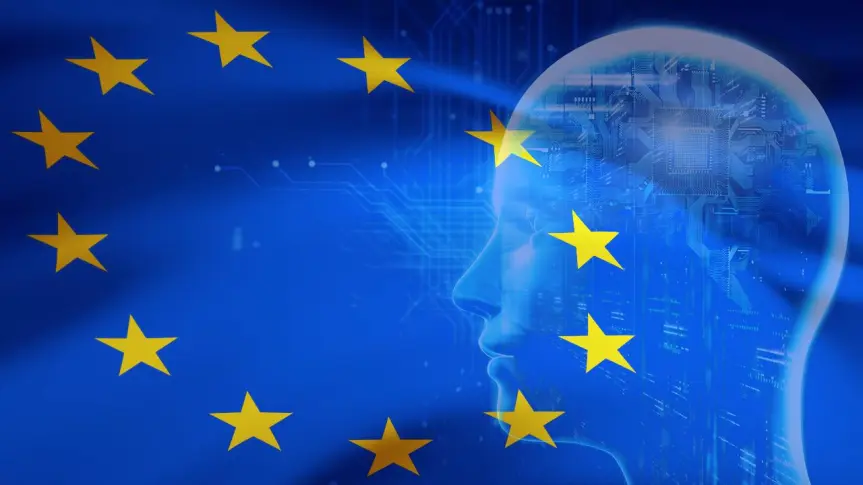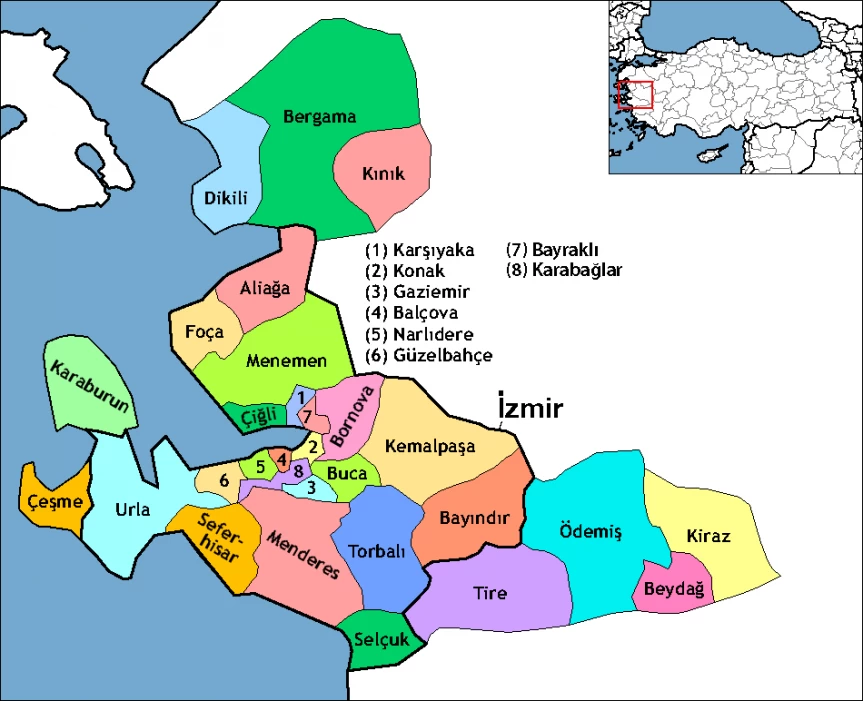The European Union's AI Act: A Comprehensive Overview
The European Union's AI Act: A Comprehensive Overview
The European Union (EU) is poised to become a global leader in the regulation of Artificial Intelligence (AI) through its ambitious AI Act. The legislation, proposed in April 2021, is the first of its kind to set a comprehensive framework for the development, deployment, and use of AI within the EU. This article delves into the key aspects of the AI Act, its implications, and the broader context of AI regulation globally.
1. Background and Objectives
The rapid advancement of AI technologies has raised significant ethical, legal, and societal concerns. Issues such as bias in AI algorithms, lack of transparency, and potential risks to fundamental rights have become increasingly pressing. The European Union, recognizing both the potential and the risks of AI, has set out to create a regulatory framework that ensures AI is used in a manner that is safe, ethical, and aligned with European values.
The primary objectives of the AI Act are:
- Promote Trustworthy AI: Ensure that AI systems deployed in the EU are safe and respect fundamental rights and values.
- Enhance Innovation: Provide a clear legal framework that fosters innovation while ensuring safety and compliance.
- Strengthen the Single Market: Harmonize rules across the EU to prevent fragmentation and support the smooth functioning of the internal market.
2. Scope and Classification of AI Systems
The AI Act introduces a risk-based approach to regulating AI systems, classifying them into four categories based on their potential risk to health, safety, and fundamental rights:
-
Unacceptable Risk: AI systems that pose a clear threat to people's safety, livelihoods, or rights are banned outright. Examples include AI systems that manipulate human behavior to the detriment of users or those used for social scoring by governments.
-
High Risk: These are AI systems that have significant potential to harm individuals or society. High-risk AI applications include critical infrastructure management, education, employment, and law enforcement. Such systems are subject to strict obligations before they can be placed on the market, including risk assessment, data quality requirements, and human oversight.
-
Limited Risk: AI systems that do not pose a high risk but still require some transparency measures fall into this category. An example would be AI systems that interact with humans, like chatbots. Providers of these systems must inform users that they are interacting with an AI.
-
Minimal Risk: This category includes most AI systems, such as AI-driven games or spam filters. These systems are largely unregulated, with the Act leaving room for innovation without heavy-handed oversight.
3. Obligations for Providers and Users of AI Systems
The AI Act places specific obligations on providers and users of AI systems. These obligations vary depending on the risk classification of the AI system:
-
For High-Risk AI Systems: Providers must implement a comprehensive risk management system, conduct data quality assessments, and ensure transparency and traceability of the AI system's operations. They are also required to establish post-market monitoring mechanisms and report incidents to national authorities.
-
For All AI Systems: Providers must ensure that their AI systems are designed and developed in a manner that respects fundamental rights and complies with EU regulations. This includes ensuring non-discrimination, respect for privacy, and protection from harm.
-
Users of AI Systems: Users of high-risk AI systems are also subject to obligations, including the need to operate the AI system in accordance with its intended purpose and to monitor its performance.
4. Enforcement and Penalties
The AI Act establishes a robust enforcement mechanism, with significant penalties for non-compliance. National supervisory authorities will be responsible for monitoring compliance and enforcing the rules. Penalties for non-compliance can reach up to 6% of a company's global annual turnover or €30 million, whichever is higher. This is intended to ensure that companies take their obligations under the AI Act seriously.
5. Global Impact and Challenges
The AI Act is expected to have a significant impact beyond the EU's borders. Given the size of the EU market, many companies developing AI technologies will need to comply with the AI Act's requirements, even if they are based outside the EU. This could set a global standard for AI regulation, much like the EU's General Data Protection Regulation (GDPR) did for data privacy.
However, the AI Act also faces challenges. Critics argue that the strict regulations could stifle innovation and place a heavy burden on small and medium-sized enterprises (SMEs). There are also concerns about the practical implementation of the Act, particularly in terms of defining and categorizing AI systems, as well as ensuring effective enforcement across the EU's member states.
6. Conclusion
The European Union's AI Act represents a landmark effort to regulate artificial intelligence in a way that balances innovation with the protection of fundamental rights and safety. As the first comprehensive legal framework of its kind, the AI Act will likely influence AI regulation globally and set the tone for future discussions on the ethical and legal challenges posed by AI. While challenges remain in its implementation and impact, the AI Act marks a significant step towards ensuring that AI is developed and used responsibly.













